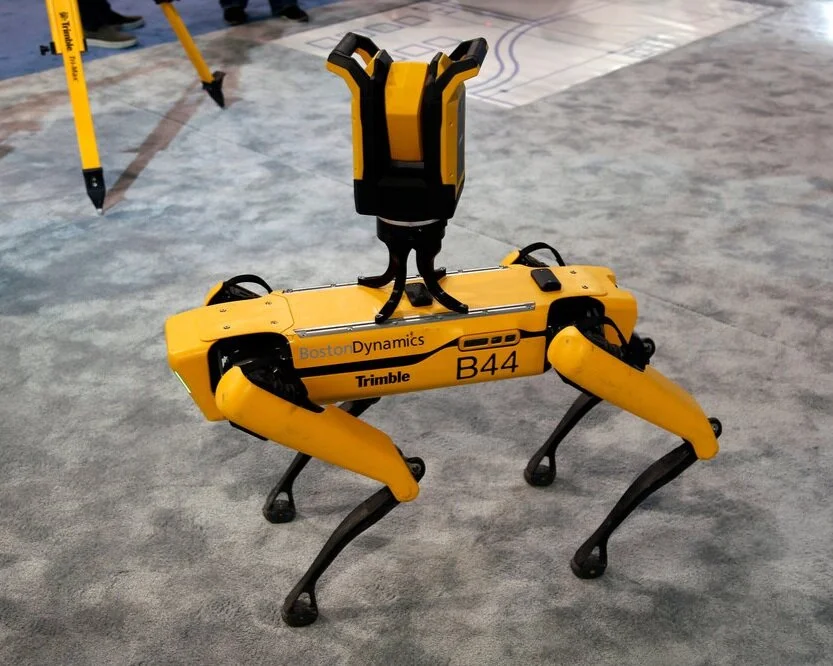Anders Breivik, Norway’s Timothy McVeigh?
/Ayanna Nahmias, Editor-in-ChiefLast Modified: 22:57 p.m. EDT, 18 April 2012
 OSLO, Norway - Anders Behring Breivik, the right-wing Norwegian fanatic has proudly admitted to killing 77 people on 22 July 2011. His trial started on Tuesday with his declaration to the court that he did not recognize their authority to judge him. He has been charged with terrorism for both the bomb attack of a government building and the targeted shooting of innocent teenagers.
OSLO, Norway - Anders Behring Breivik, the right-wing Norwegian fanatic has proudly admitted to killing 77 people on 22 July 2011. His trial started on Tuesday with his declaration to the court that he did not recognize their authority to judge him. He has been charged with terrorism for both the bomb attack of a government building and the targeted shooting of innocent teenagers.
Unfortunately, in cases of unconscionable violence when ‘normal’ perpetrators commit horrendous acts, it’s often the lives of theirs victims which gets lost in the cacophony of outrage, anguish, and rhetoric. The initial pain the loved ones suffer at the loss of their family members is further exacerbated by the calculated and callous remarks and antics of their murders during trial.
In an effort to keep the focus on the victims, the Police in Norway have published the names and photos of the shooting victims as well as the 8 people who died in the bombing of a government building in central OSLO. Breivik’s victims received flowers, an outpouring of national grief, and sympathy but in all likelihood it will be his courtroom antics which will remain etched in the memories of the public.
The 69 young people whom Breivik randomly assassinated on the island of Utoeya were involved with the Norwegian Labour Party's youth wing, the AUF. According to him, the youth wing of the Norwegian Labour Party that he attacked was akin to the Hitler Youth movement, indoctrinating young people into hatred of Norway's cultural heritage.
Breivik grandiosity inspired him to compare his killings to the U.S. use of the atomic bomb on Hiroshima, Japan, in 1945; when in fact his terrorist act does not even rise to the level of the Oklahoma City bombing by Timothy McVeigh. On 19 April 1995 McVeigh detonated a truck bomb in front of the Alfred P. Murrah Federal Building in Oklahoma City killing 168 people and injuring over 800 people.
Breivik claimed that he had acted in self-defense and that the shootings were a preventive strike to “protect my people, my city, and my country against Muslim domination.” Therefore, from his perspective, he was protecting himself from certain elimination which under Norwegian law; a plea of 'necessity' means a person may not be punished for taking action to defend their person in the face of unavoidable danger.
[youtube=http://www.youtube.com/watch?v=BUGPNwscCRQ&feature=related]
As he initiated his testimony, Breivik read his manifesto at high speed in which he stated that Norway and the rest of Europe had not had real democracy except between the two world wars because dissent over multiculturalism was stifled by ''cultural elites'' such as academics, journalists and feminists.
McVeigh also instructed his lawyers to use a necessity defense, but they ended up not doing so because they would have had to prove that McVeigh was in "imminent danger" from the U.S. government. In American criminal law, necessity may be either a possible justification or exculpation for breaking the law.
Defendants seeking to rely on this defense argue that they should not be held liable for their actions as a crime because their conduct was necessary to prevent some greater harm and when that conduct is not excused under some other more specific provision of law such as self-defense. (Source: Wikipedia)
Just as this argument did not work for McVeigh, it will almost certainly fail in the case of Breivik. His trial is expected to last 10 weeks and he faces a sentence of 21 years in prison, which is the maximum sentence the courts can render since Norway does not have the death penalty. The one caveat and small comfort for the families of the victims is that this term can be extended if he is considered a danger to society.
Follow Nahmias Cipher Report on Twitter Twitter: @nahmias_report Editor: @ayannanahmiasRelated articles
- Breivik asked to stop fist salutes (cnn.com)
- Breivik: 21-yr jail term pathetic, I should either be acquitted or executed (rt.com)
- Sentence me to death or set me free: Breivik pleads with court (independent.co.uk)
- Prosecutors press Breivik on 'Knights Templar' (ctv.ca)
- Breivik wants death penalty or acquittal (thehimalayantimes.com)
- Breivik wants death penalty or acquittal (staradvertiser.com)
- Breivik trial lay judge dismissed over Facebook (kractivist.wordpress.com)













